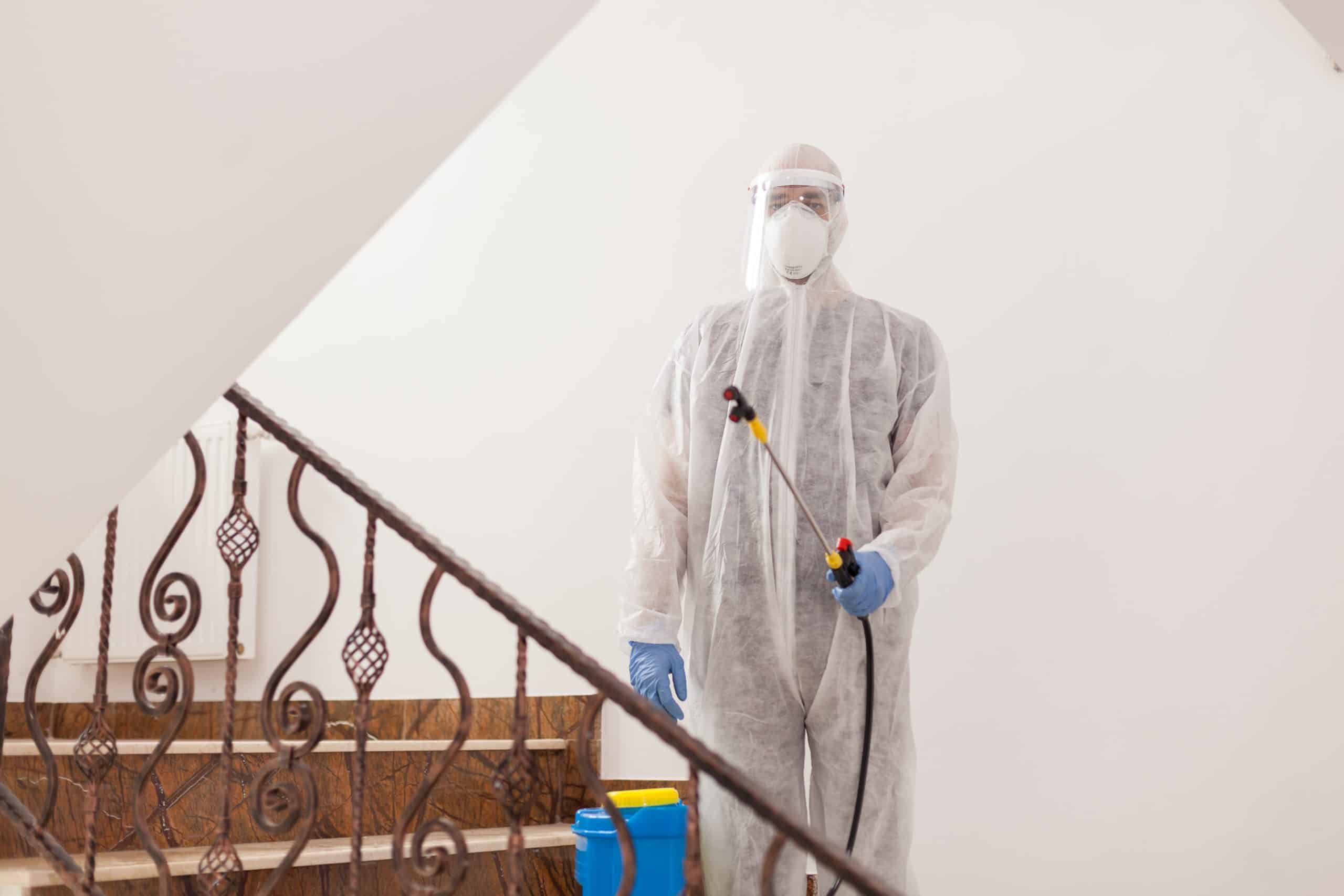The seemingly unstoppable march of robotics into various fields has been a popular topic of discussion for some years now. You have likely heard about or experienced robotic assistance in sectors like manufacturing, agriculture, and even household chores. But recently, the healthcare industry is emerging as a major frontier for robotic intervention. More specifically, Ultraviolet-C (UVC) robots are revolutionizing the way hospitals manage disinfection and infection control. What was once a labor-intensive, time-consuming process is now being streamlined and enhanced through the application of these advanced systems.
Role of UVC Robots in Hospital Disinfection
In the face of persistent threats posed by healthcare-associated infections (HAIs), hospitals have embraced various disinfection techniques. One of the most recent and effective technologies being utilized is the UVC robot.
Also read : Can AI and Drones Work Together for More Efficient Large-Scale Reforestation?
These robots use UVC light, a type of ultraviolet light, to disinfect surfaces. UVC light, in particular, has germicidal properties. It works by damaging the DNA and RNA of pathogens like bacteria and viruses, including the novel coronavirus, rendering them harmless.
UVC robots offer a unique advantage over manual cleaning – they can thoroughly sanitize rooms without the need for human intervention. These robots are programmed to navigate around a room, ensuring that all surfaces receive adequate exposure to UVC light for effective disinfection. By reducing the need for manual cleaning, hospitals can minimize the risk of cross-contamination and improve cleaning consistency.
This might interest you : Can Wearable Tech Assist in Predicting and Alleviating Migraine Headaches?
Evidence Supporting UVC Robot Efficacy
Google Scholar and PubMed are rife with studies that provide evidence supporting the efficacy of UVC robots in reducing healthcare-associated infections. A study published in the American Journal of Infection Control found that the use of UVC robots reduced the rate of Clostridium difficile infection by 25% in a hospital setting.
Similarly, research conducted at Duke University Hospital showed that UVC light effectively eliminated 97% of drug-resistant bacteria, notably MRSA and VRE. In another study published by Crossref, UVC robots were found to reduce the bacterial load by more than 99% on high-touch surfaces.
Implementation Challenges and Solutions
Despite the proven efficacy of UVC robots, their implementation in hospitals is not without challenges. One of these is the initial high cost of the robots. However, when hospitals consider the long-term benefits of reduced HAIs, the cost becomes justifiable.
Another challenge is that UVC light can be harmful to the skin and eyes of humans. This necessitates that rooms be vacant when the robot is in operation. Hospitals can manage this by scheduling disinfection during low-occupancy periods or using robots equipped with sensors that automatically shut off the UVC light when a person enters the room.
Lastly, the robots can miss shadowed areas during cleaning. An effective solution is the use of multi-directional robots that can emit light in all directions, ensuring no area is left untreated.
UVC Robots in the Age of COVID-19
The COVID-19 pandemic has highlighted the importance of enhanced disinfection protocols. In response, many hospitals have turned to UVC robots. These devices have proven to be particularly valuable in disinfecting large areas quickly and effectively, thus helping to mitigate the spread of COVID-19 within healthcare settings.
A study in the Journal of Hospital Infection found that UVC robots were effective against the SARS-CoV-2 virus on hospital surfaces. This has led to the widespread adoption of UVC robots in many hospitals worldwide as part of their disinfection strategy against COVID-19.
In summary, UVC robots have emerged as a potent tool in the fight against HAIs, transforming the way hospitals manage disinfection and infection control. As their use becomes more widespread and their technology is continually refined, the role of UVC robots in maintaining a clean and safe hospital environment will only become more integral. This, in turn, will have a far-reaching impact on healthcare outcomes, reducing the incidence of HAIs and improving patient health and safety.
Future Prospects of UVC Robots in Healthcare
The enhanced disinfection capabilities offered by UVC robots have made them a significant asset in healthcare facilities worldwide. As their implementation increases, researchers and developers continue to work on enhancing their functionality. These advanced disinfection systems, supported by a growing body of evidence from Google Scholar, PubMed, and various other research platforms, are set to play a vital role in the future of infection control.
Advancements in technology are improving the mobility of these robots, allowing them to navigate more complex hospital environments. This could potentially extend their use to ambulances, clinical laboratories, and other healthcare settings, helping to reduce the risk of infection spread across the entire patient journey. Moreover, with the addition of artificial intelligence (AI), UVC robots are becoming smarter and more efficient, reducing operation times and reaching even more obscure and difficult areas for disinfection.
The COVID pandemic highlighted the need for rapid, thorough disinfection in hospitals, and UVC robots played a significant role in meeting this challenge. With the continual threat of emerging pathogens, the importance of these robots is expected to grow. They offer a promising solution to ensure patient safety and improve healthcare outcomes, especially when combined with traditional manual cleaning methods.
Conclusion: The Integral Role of UVC Robots in Infection Control
The undeniable efficacy of UVC light in germicidal irradiation has reshaped the landscape of hospital disinfection practices. UVC robots, in particular, have significantly enhanced surface disinfection, minimizing the risk of healthcare-associated infections. They offer an efficient, consistent, and safer way of maintaining cleanliness in healthcare facilities, a task that is of paramount importance in the age of the SARS-CoV-2 virus and beyond.
Despite some initial challenges, such as high costs and the need for rooms to be vacant during operation, solutions are being found, and the benefits are proving to significantly outweigh the drawbacks. Furthermore, the continuous advancements in technology promise a future where UVC disinfection robots will become an even more integral part of infection control in healthcare settings.
In conclusion, UVC robots stand at the forefront of hospital disinfection and infection control. As research continues and technology advances, we can expect these robots to play an increasingly important role in safeguarding patient health and improving the quality of care in hospitals around the world.






